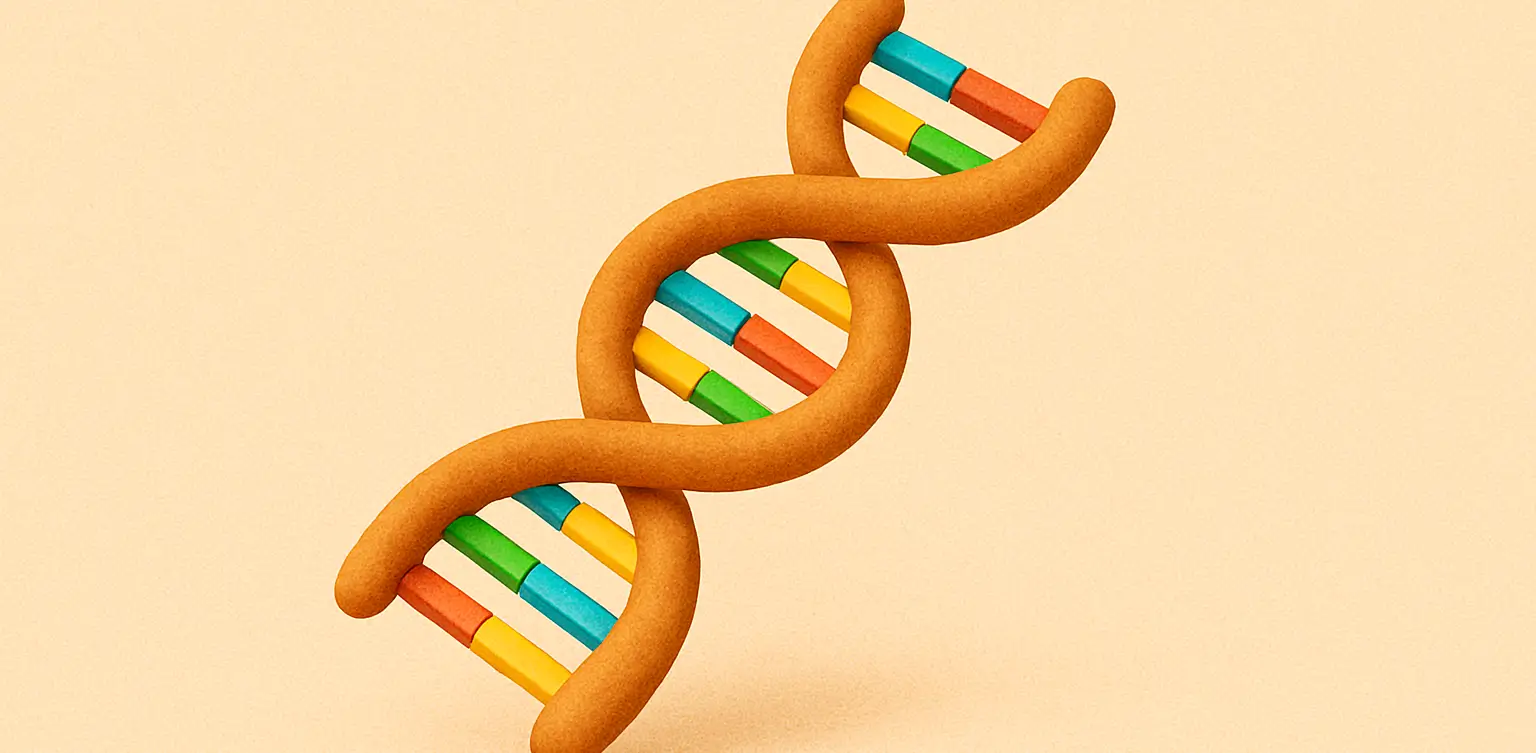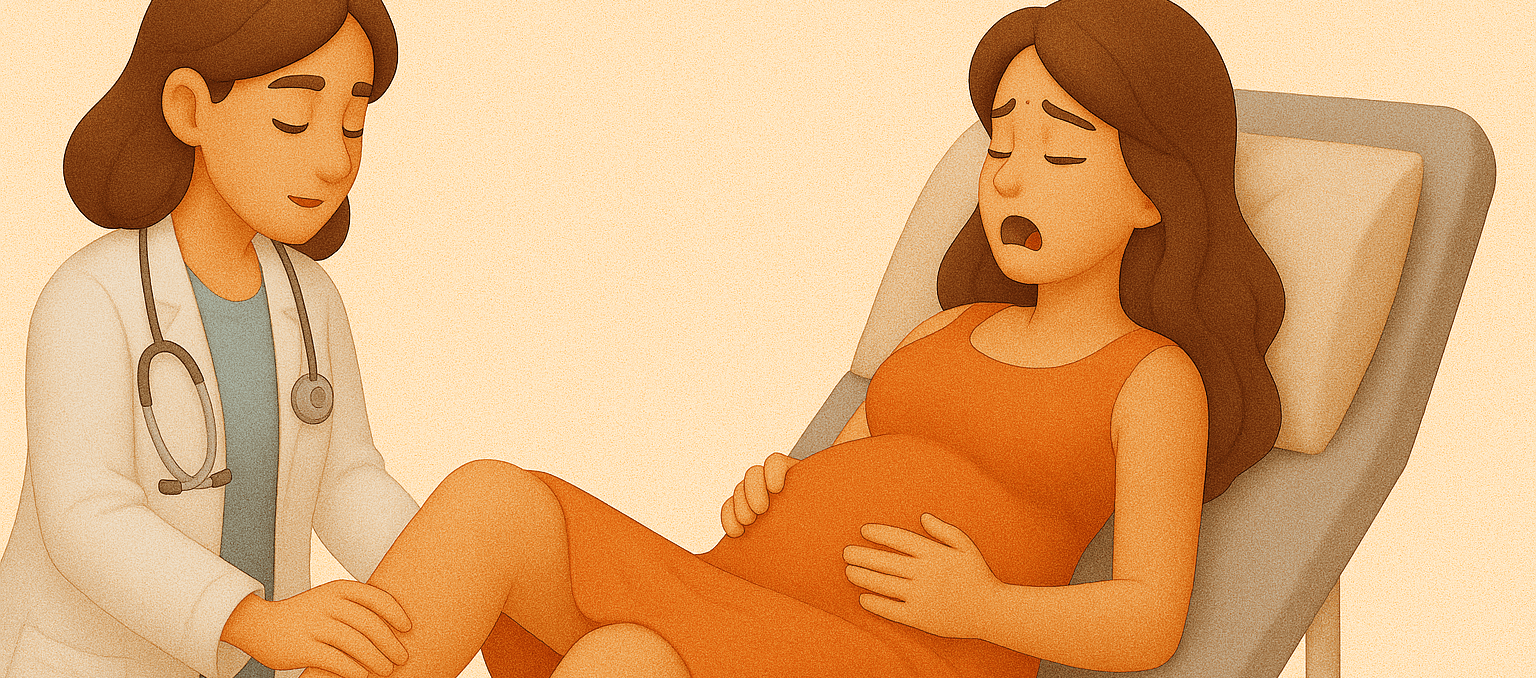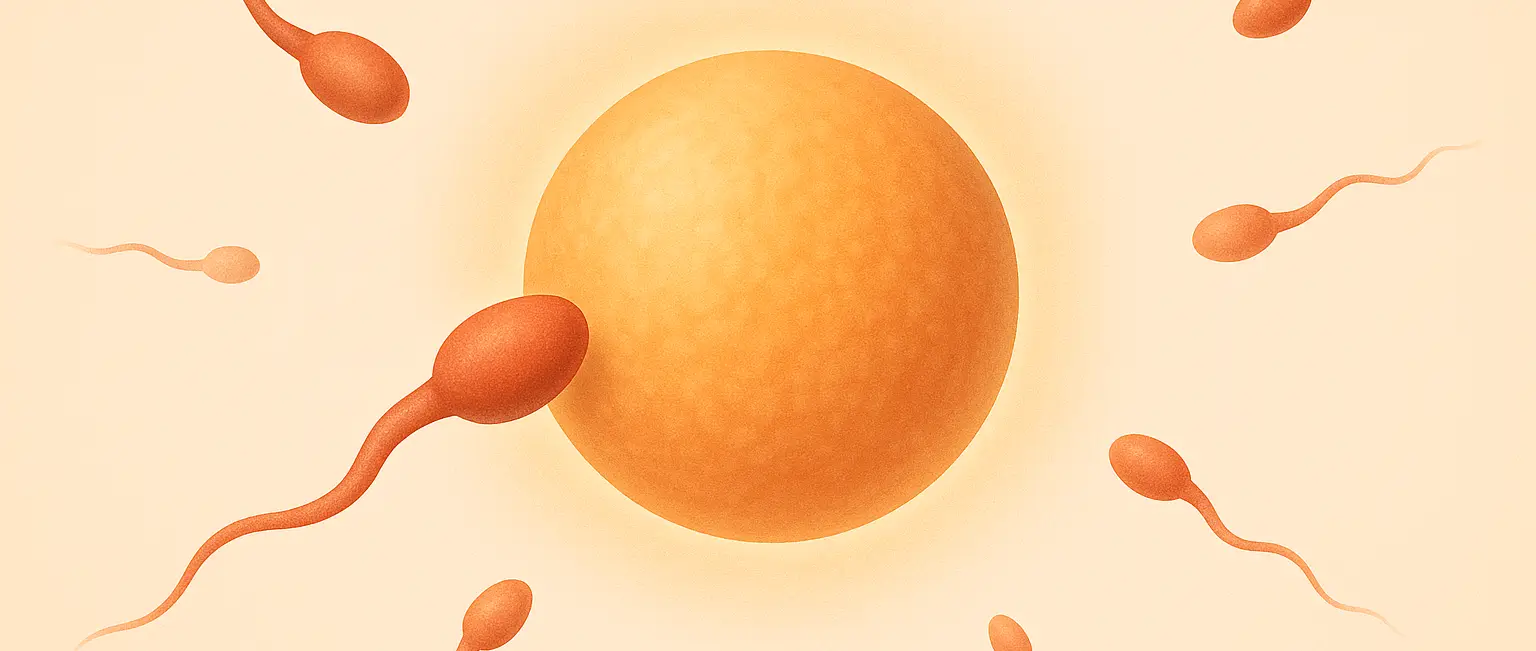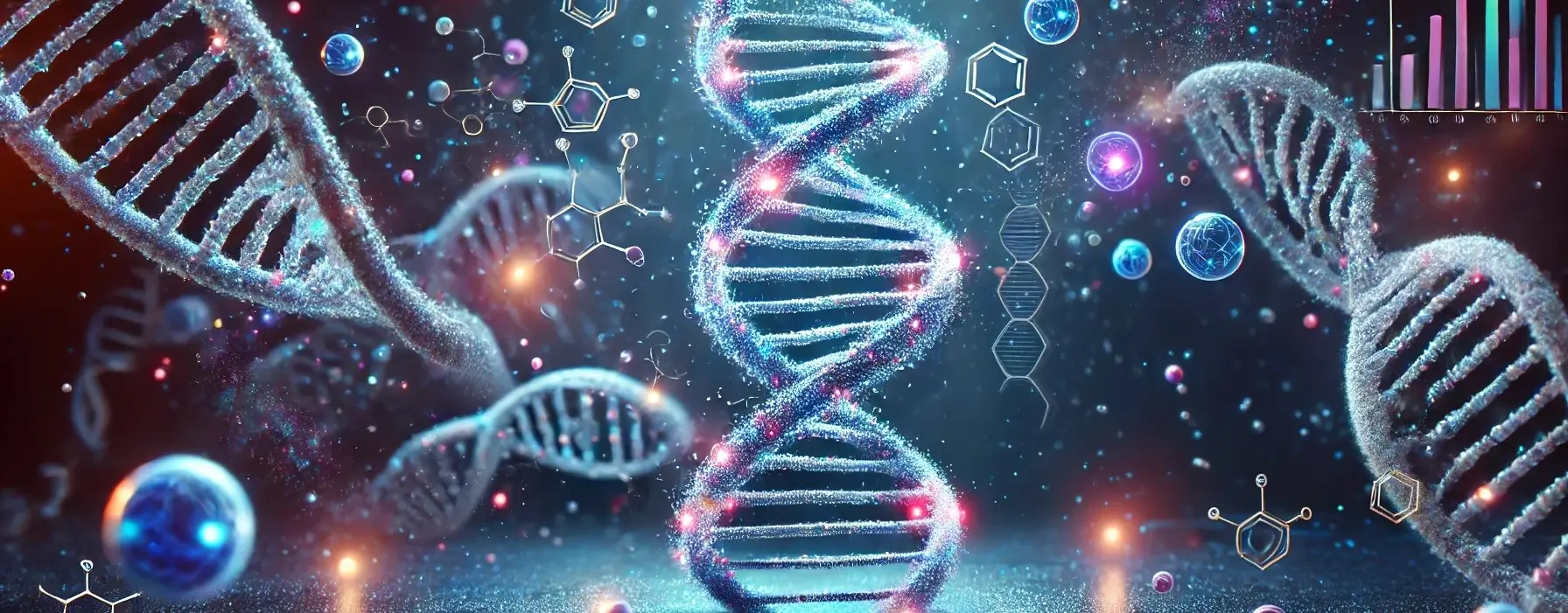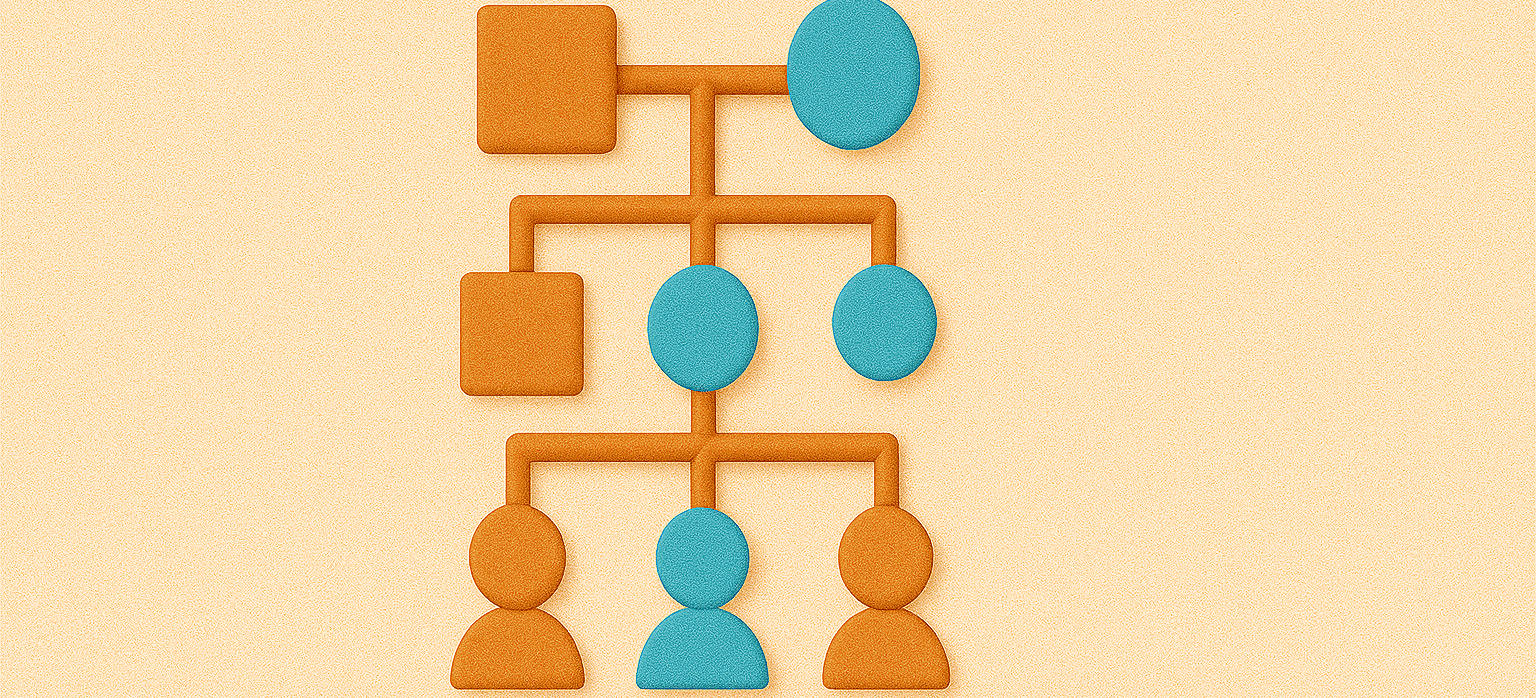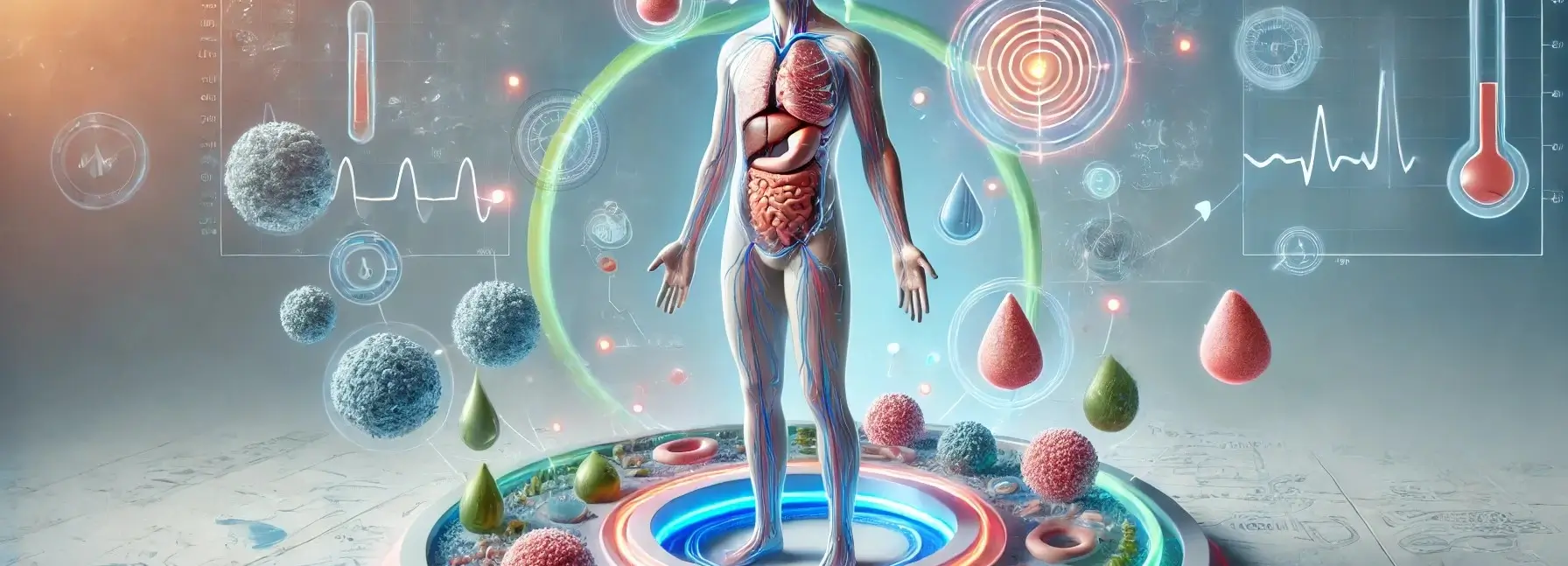Protein synthesis
Protein synthesis is a vital biological process where cells produce proteins, which are essential for nearly all cellular functions. This process is directed by genetic information in DNA and occurs in two main stages: transcription and translation. Transcription of Protein synthesis: Location: Takes place in the nucleus. Process: Protein synthesis enzyme RNA polymerase binds to the … Read more

